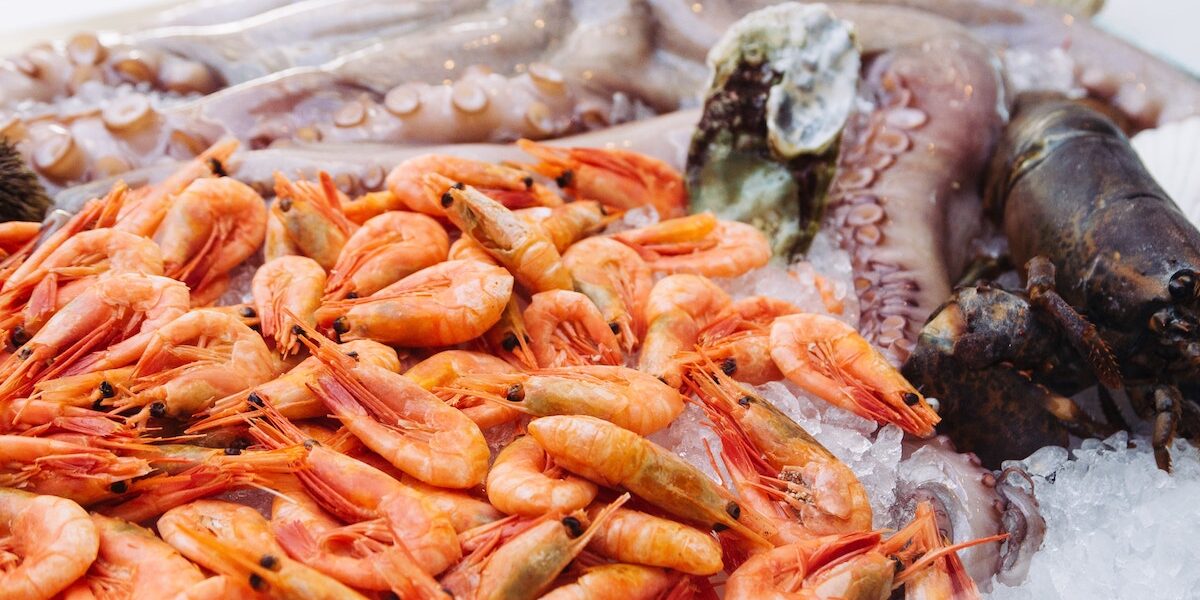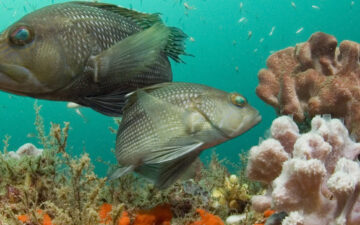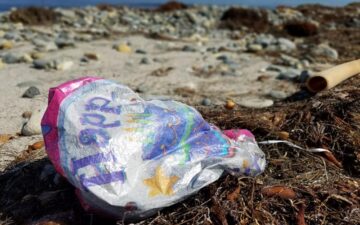by Mark J. Spalding, President
We saw some ocean victories in 2015. As 2016 flies by, it calls upon us to move past those press releases and into action. Some of the challenges require top-level government regulatory action informed by experts. Others require the collective benefit of us all committing to actions that will help the ocean. Some require both.
Fishing the high seas is an inherently challenging and dangerous industry. Enforcing the framework of laws designed to reduce risks to workers is made more difficult by distance and scale—and too often, a lack of political will to supply the human and financial resources it takes. Likewise, the demand for diverse menu choices at low costs, encourages providers to cut corners wherever possible. Slavery on the high seas is not a new problem, but it is receiving renewed attention thanks to the hard work of non-profit advocates, expanding media coverage, and, in turn, increased scrutiny from corporations and governments.
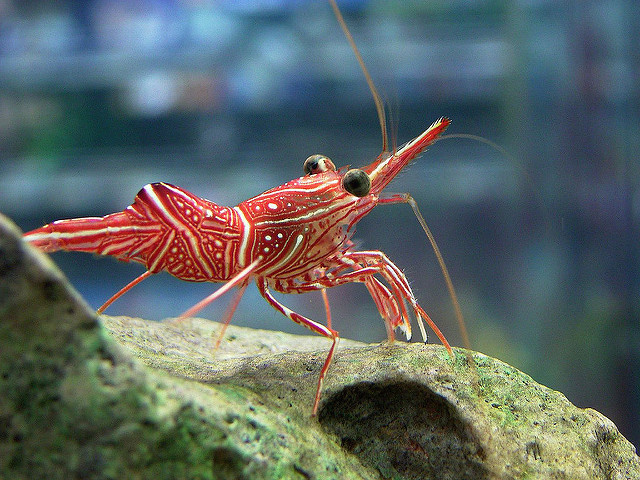
So what can we do as individuals about slavery on the high seas? For starters, we can stop eating imported shrimp. There is very little shrimp imported to the United States that does not carry a history of human rights abuses and outright slavery. Many countries are involved, but Thailand receives particular attention for the role of slavery and forced labor in its seafood and aquaculture industries. Recent reports have pointed to forced labor in “peeling sheds” where shrimp are prepared for the grocery market in the US. However, even before the farming and processing stages, slavery begins with the shrimp food.
Slavery is rampant in the Thai fishing fleet, who catch fish and other ocean animals, ground them into fishmeal to be fed to the farmed shrimp that are exported to the US. The fleet also catches indiscriminately—landing thousands of tons of juveniles and animals with no other commercial value that should be left in the sea to grow and reproduce. Labor abuses continue throughout the shrimp supply chain, from catch to plate. For more information, see The Ocean Foundation’s new white paper “Slavery and The Shrimp on Your Plate” and research page for Human Rights and the Ocean.
Half of the shrimp imported to the US originate in Thailand. The UK is also a significant market, accounting for 7 percent of Thai shrimp exports. Retailers and the US government have put some pressure on the Thai government, but little has changed. As long as Americans keep demanding imported shrimp and not caring or understanding where it came from, there is little incentive to improve practices on the ground or on the water. It is so easy to mix legal with illegal seafood, and therefore extremely challenging for any retailer to be sure they are sourcing slave-free shrimp only.
So make an ocean resolution: Skip the imported shrimp.
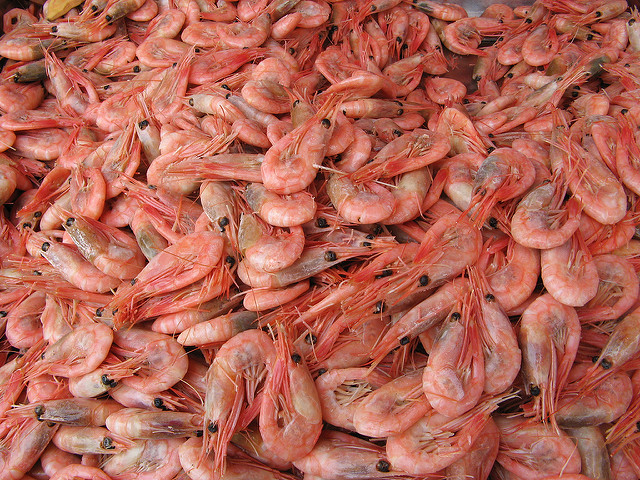
Image Credits: Daiju Azuma/ FlickrCC, Natalie Maynor/FlickrCC
